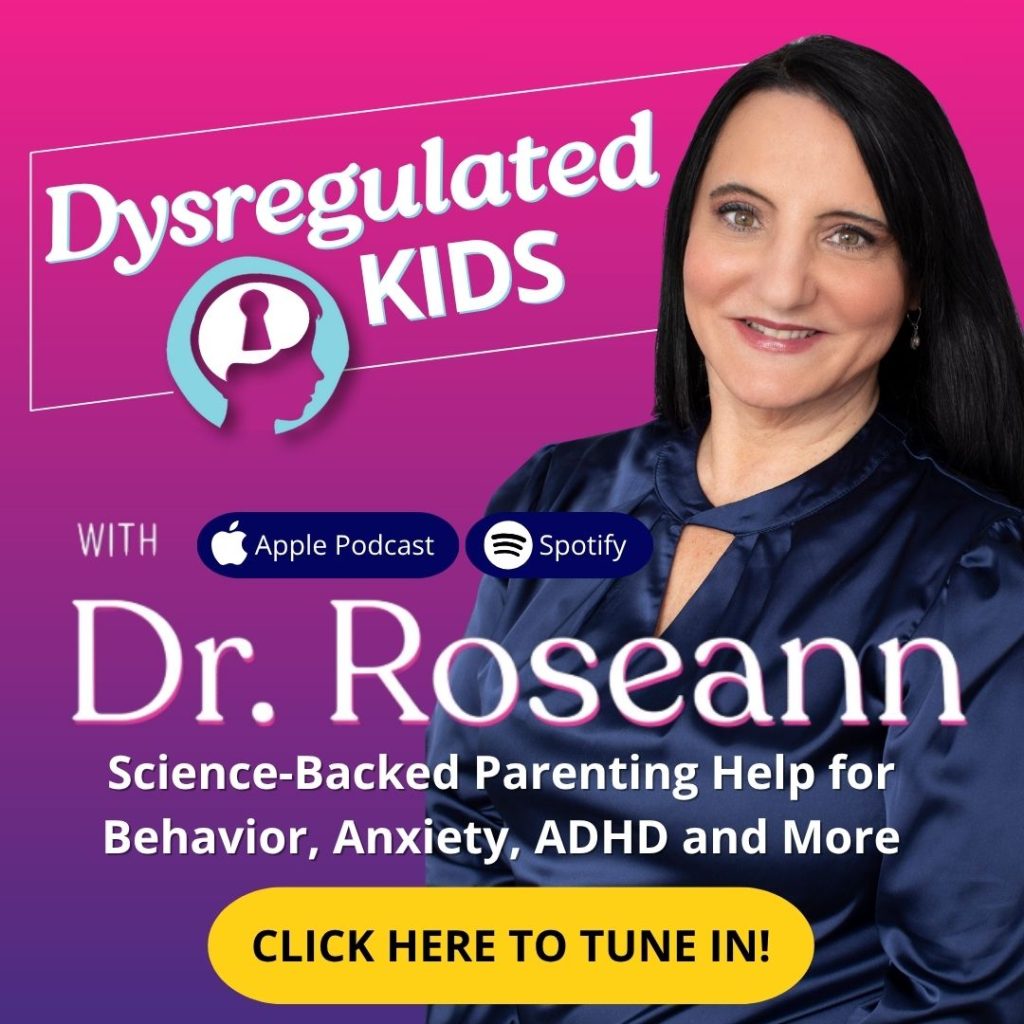Estimated reading time: 7 minutes
When your child’s mind feels hijacked by relentless worries and rituals, it can be hard to know where to begin. But you’re not facing this alone. There’s a compassionate, science-backed path forward—and it starts right here.
What is OCD Rumination, and How Is it Different From Regular Worry?
If you’re wondering why your child just can’t stop thinking about that one thing—over and over—it might not be a regular worry. It could be OCD rumination.
OCD rumination isn’t just overthinking or being a “worrier.” It’s a mental loop that feels like it has no off-switch. These thoughts are usually intrusive, unwanted, and often completely out of left field. And no matter how many times your child goes over them, they can’t find relief.
Let’s break it down:
Regular Worry:
- Comes and goes based on real-life stressors (like a math test or a friend disagreement)
- Usually has a clear cause and endpoint
- May feel uncomfortable—but doesn’t interfere with daily functioning
OCD Rumination:
- Shows up without a clear reason and feels completely out of control
- Is often about irrational or imagined fears (like harming someone or being “bad”)
- Creates a mental loop that leads to anxiety, guilt, or shame
- Can trigger compulsive behaviors (like seeking reassurance, checking, or mental reviewing)
Real-life example:
Emma, age 12, kept asking her mom, “What if I did something wrong and I don’t remember?” It started after she saw a news story about someone getting in trouble. Even though her mom reassured her 20 times a day, Emma still felt stuck. Her thoughts kept coming back—louder each time.
| Myth | Reality |
|---|---|
| Everyone ruminates, so it’s not a big deal | OCD rumination is intense, frequent, and disrupts daily life |
| People with OCD can just stop thinking about it | OCD obsessions are unwanted and hard to stop. Trying harder often makes it worse |
| OCD is just about being neat and organized | OCD can involve fears like harm, contamination, or mistakes, not just cleanliness |
| OCD is just a personality quirk or perfectionism | OCD is a mental health disorder, not a personality trait |
| People with OCD enjoy rituals or rumination | Rituals and rumination are distressing and done to reduce anxiety, not for enjoyment |
| OCD is easy to overcome with willpower alone | OCD often needs professional treatment, like CBT or ERP, to manage symptoms effectively |
| OCD is rare | OCD affects 1–2% of the global population and is more common than people think |
| OCD is always genetic | OCD can be caused by genetics, brain inflammation, trauma, anxiety, or other factors |
Why Do Kids with OCD Get Stuck in Ruminating Thoughts?
Kids with OCD often get stuck in upsetting thoughts that cause big waves of anxiety. In an effort to feel better, they may turn to mental rituals like ruminating—going over the thought again and again, trying to make it go away.
The tough part? These mental habits actually feed the OCD, keeping the cycle going.
Common triggers for OCD rumination in kids:
- Worries about hurting someone—or themselves—even if they never would
- Fear of germs, illness, or contamination
- A need for things to feel perfect, even or “just right”
- Obsessions tied to religion, morality, or being a “good” person
Remember: These thoughts aren’t who your child is. They’re symptoms of a brain stuck in overdrive.
Let’s calm the brain first.
What are the 4 types of OCD rumination?
Not all rumination looks the same. Understanding the different forms it can take will help you spot patterns in your child’s thinking and provide more targeted support.
1. Analytical Rumination
This involves trying to “figure out” or solve the meaning behind intrusive thoughts
Example: “What does it say about me that I had that thought?”
2. Reassurance-Based Rumination
The child mentally reviews or replays situations to reassure themselves that nothing bad happened
Example: “I think I washed my hands enough… right? Let me remember each step again.”
3. Catastrophic Rumination
Spiraling into worst-case scenarios over an intrusive thought or imagined situation
Example: “If I don’t check this, someone could die. I’ll be responsible.”
4. Moral/Religious Rumination (Scrupulosity)
This focuses on whether thoughts or actions were morally wrong or sinful. Example: “Was that thought a sin? Am I a bad person for thinking about it?”
What Are Signs My Child is Ruminating?
You won’t always “see” rumination—because it’s happening silently inside their mind. But as a parent, you can often tell when something’s off. Kids stuck in ruminating thoughts tend to show it in their behavior, even if they don’t have the words for what’s going on.
Signs your child may be stuck in a rumination loop:
- Staring off into space, especially during quiet or unstructured moments
- Asking the same “what if” questions over and over, needing constant reassurance
- Struggling to finish tasks because their brain is busy spinning
- Getting frustrated easily or melting down over small things
- Avoiding people, places, or activities that remind them of their worries
How Can I Help My Child Stop OCD Ruminations?
When your child is stuck in a loop of scary or upsetting thoughts, your first instinct is to fix it—and fast. But when it comes to OCD ruminations, the real help comes from slowing down, staying connected, and teaching the brain a new way to respond.
Here’s how you can support your child through it:
- Start by validating their feelings
Let them know it’s okay to feel anxious or upset. You don’t have to agree with the thought—just show them you get how hard it feels.
“That sounds really stressful. I’m here with you.”
- Gently pull back on reassurance
It’s tough, I know. But constantly answering the same question or saying “you’re fine” can make the OCD stronger. Instead, say something like:
“I know that thought feels big right now. What can we do to help your brain feel calm?”
- Keep communication open and judgment-free
Let your child talk about their thoughts without fear of being “weird” or “bad.” Remind them that thoughts aren’t facts, and everyone has strange or unwanted ones sometimes.
- Teach and practice coping strategies together
Start simple. Try deep breathing, grounding exercises, movement breaks, or visual imagery. Make it part of your daily rhythm, not just something you pull out in crisis mode.

What Are the Best Coping Strategies for Ruminating Thoughts in OCD?
Stopping rumination isn’t about “just not thinking about it” (if only it were that simple!). It’s about teaching the brain a new way to respond to those sticky, repetitive thoughts. And with consistency, kids can learn to interrupt the OCD loop.
Try these parent- and kid-friendly coping tools:
- The 15-Minute Rule
Give your child a dedicated window—15 minutes—to think about the upsetting thought or write it down.
After that time is up, shift their attention to something engaging like movement, a hobby, or connection time with you.
This teaches the brain that thoughts don’t need to take over the whole day.

- Thought Labeling
Help your child name what’s happening: “Oh, that’s an OCD thought.” Naming it separates them from the thought and gives them a sense of control.
- Grounding and Distraction Technique
Use sensory tools like fidgets, cold water, or counting exercises. Movement helps too—jumping jacks, trampoline time, or a walk outside can break the mental loop.
- Box Breathing or 4-7-8 Breath
Breathing sends a calming signal to the nervous system and pulls the brain out of high-alert mode. Make it playful—use bubbles, pinwheels, or apps.
- Visualization Scripts
Create a calming visual “escape plan”. Something like: “I’m in my calm garden. My worry is a cloud, and I’m watching it float by.”
What Therapies Help Kids Stop Ruminating OCD Thoughts?
Several evidence-based therapies have proven effective in treating OCD rumination in children. These therapies focus on altering thought patterns and reducing compulsive behaviors.
Recommended therapies:
- Cognitive Behavioral Therapy (CBT): Focuses on identifying and challenging distorted thought patterns.
- Exposure and Response Prevention (ERP): Involves gradual exposure to feared thoughts or situations while preventing the usual compulsive response.
- Mindfulness-Based Cognitive Therapy (MBCT): Combines cognitive therapy with mindfulness strategies to help children become more aware of their thoughts and feelings.
How Can I Support my Child Without Reinforcing OCD Behaviors?
It’s natural to want to alleviate your child’s distress, but certain responses can unintentionally reinforce OCD behaviors. Being mindful of your reactions can make a significant difference.
Supportive approaches:
- Set consistent boundaries: Avoid accommodating compulsive behaviors.
- Encourage independence: Empower your child to manage their thoughts and behaviors.
- Educate yourself: Understanding OCD can help you respond more effectively.
- Seek support: Consider joining parent support groups or seeking guidance from professionals.
Parent Example:
Emily found herself repeatedly answering her daughter Lily’s questions about cleanliness. Realizing this was reinforcing Lily’s compulsions, Emily worked with a therapist to develop strategies that encouraged Lily to tolerate uncertainty, leading to gradual improvement
Parent Action Steps
FAQs
What is the difference between OCD rumination and general anxiety?
While both involve excessive worrying, OCD rumination is characterized by intrusive, repetitive thoughts that are often irrational and lead to compulsive behaviors. General anxiety tends to be more about real-life concerns and doesn’t necessarily involve compulsions.
Can OCD rumination go away on its own?
It’s unlikely. Without intervention, OCD symptoms can persist or worsen over time. Early treatment increases the chances of effective management.
Is medication necessary for treating OCD rumination?
Not always. While some cases benefit from medication, therapies like CBT and ERP are often effective on their own. A mental health professional can guide the best approach for your child.
How long does it take to see improvement with therapy?
It varies. Some children show improvement within weeks, while others may take longer. Consistency and active participation in therapy are key factors.
Can parents inadvertently worsen OCD symptoms?
Yes. Providing excessive reassurance or accommodating compulsions can reinforce OCD behaviors. It’s essential to learn supportive strategies that promote independence and resilience.
Citations:
- American Psychiatric Association. (2022). Diagnostic and statistical manual of mental disorders (5th ed., text rev.; DSM-5-TR). https://doi.org/10.1176/appi.books.9780890425787
- Hirschtritt, M. E., Bloch, M. H., & Mathews, C. A. (2017). Obsessive-compulsive disorder: Advances in diagnosis and treatment. JAMA, 317(13), 1358–1367. https://doi.org/10.1001/jama.2017.2200
- Purdon, C. (2001). Appraisals of obsessional thoughts: Experimental findings. Behaviour Research and Therapy, 39(10), 1163–1184. https://doi.org/10.1016/S0005-7967(00)00085-6
Dr. Roseann Capanna-Hodge is a licensed mental health expert that is frequently cited in the media:
- Single Care Controlling the uncontrollable: Living with OCD during a pandemic
- Holistic Counseling Podcast: Effective Treatments for OCD
- Epidemic Answers: Neurofeedback for ADHD, anxiety, OCD and mood
Disclaimer: This article is not intended to give health advice and it is recommended to consult with a physician before beginning any new wellness regime. *The effectiveness of diagnosis and treatment vary by patient and condition. Dr. Roseann Capanna-Hodge, LLC does not guarantee certain results.
Are you looking for SOLUTIONS for your struggling child or teen?
Dr. Roseann and her team are all about science-backed solutions, so you are in the right place!
Take our free quiz to assess OCD symptoms
©Roseann Capanna-Hodge 2025











